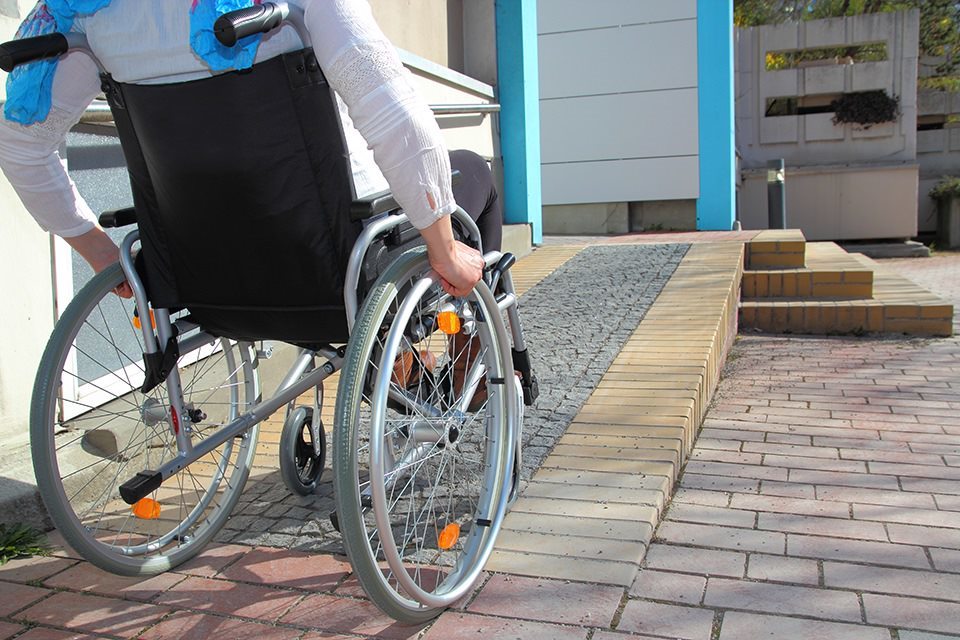The importance of ADA-compliant fire alarms cannot be overstated. These specialized devices are designed to ensure the safety and well-being of individuals with disabilities. The Americans with Disabilities Act (ADA) mandates that public spaces and commercial properties install fire alarms that cater to the needs of all individuals, including those with hearing, visual, or mobility impairments. In this article, we will delve deep into what makes a fire alarm ADA-compliant and why it’s a crucial aspect of modern safety standards.

What Makes a Fire Alarm ADA-Compliant?
ADA-compliant fire alarms are designed to accommodate the needs of individuals with various disabilities. This includes features such as visual alerts, which use strobe lights, and auditory signals that are loud enough to be heard by those with hearing impairments. Additionally, tactile features may be included for individuals with visual impairments. These alarms ensure that everyone, regardless of their abilities, can respond promptly in case of an emergency.
Importance of ADA-Compliant Fire Alarms
Why are these alarms so significant? Simply put, they save lives. By providing alerts that are accessible to everyone, ADA-compliant fire alarms ensure that individuals with disabilities can evacuate a building safely and quickly during a fire. This level of inclusivity is critical in creating safer environments for all.
Legal Requirements and Standards
The ADA sets forth specific guidelines for fire alarms in public and commercial spaces. These guidelines cover aspects such as the volume and frequency of alarm sounds, the intensity of strobe lights, and the placement of alarms to ensure maximum accessibility. Staying compliant with these regulations is not only a legal obligation but also a moral one.
Installation and Maintenance
Proper installation and maintenance of ADA-compliant fire alarms are crucial. Regular maintenance checks ensure that all components are functioning correctly and that the alarms adhere to ADA standards. This involves checking the battery life, testing the sound and light features, and ensuring the alarms are positioned appropriately throughout the building.
Choosing the Right ADA-Compliant Fire Alarm
When selecting an ADA-compliant fire alarm, it’s essential to consider the specific needs of the building’s occupants. Factors such as the size of the building, the number of occupants, and the types of disabilities present should guide your choice. Consulting with a professional can help ensure that your fire alarm system is both effective and compliant.
Benefits of ADA-Compliant Fire Alarms
The benefits of installing ADA-compliant fire alarms extend beyond legal compliance. They contribute to the overall safety of a building, providing peace of mind to all occupants. Moreover, they foster an inclusive environment, showing a commitment to accessibility and equality.
Case Studies and Real-Life Examples
Numerous case studies highlight the effectiveness of ADA-compliant fire alarms. For instance, during a fire drill at a university, the presence of visual and auditory alerts ensured that all students, including those with disabilities, were able to evacuate quickly and safely. Such examples underscore the importance of these alarms in ensuring safety for all.
FAQs on ADA-Compliant Fire Alarms
What are ADA-compliant fire alarms?
These are fire alarms designed to meet the needs of individuals with disabilities, featuring visual, auditory, and sometimes tactile alerts.
Why are ADA-compliant fire alarms important?
They ensure the safety of all building occupants, including those with disabilities, by providing accessible alerts during emergencies.
How can I ensure my fire alarms are ADA-compliant?
Consult with a professional to ensure that your fire alarms meet ADA guidelines and are properly installed and maintained.
Are ADA-compliant fire alarms required by law?
Yes, in public and commercial spaces, ADA-compliant fire alarms are required to ensure accessibility and safety for all individuals.
For more information, you can visit this external link.

Conclusion
In conclusion, ADA-compliant fire alarms are a vital component of modern safety standards. They ensure that all individuals, regardless of their abilities, can respond effectively in case of a fire. By prioritizing accessibility and inclusivity, these alarms contribute to safer, more equitable environments for everyone. For those interested in further enhancing home accessibility, consider exploring options like home automation and accessible kitchen designs.
This article contains affiliate links. We may earn a commission at no extra cost to you.

